.
The Battle of Athelstaneford
King Angus clapperclawed Northumbrians
In combat close enough to hammer faces;
His Pictish troops enacted brutal plans
To break the bones of foes with metal maces
And throttle dumbstruck throats with hempen laces.
The savage screams of naked Picts rammed fear
Through adversaries, leaving gutless traces;
Their kinglet fell, pierced by a Z-rod spear,
And Angus drowned him in a brook at hand,
As he had killed a rogue of his own band.
The winners sought out rest and recreation
At Athelstaneford, inland from Fife’s coast,
With water, grain, and grass, a good location
To spot approaching farmers or a host
At arms. Days later, with most of them engrossed
In manly sports, their sentries glimpse despair.
That night they’d be entrapped by force utmost,
With no escape, and no recourse but prayer.
They readied weapons, charms, and vows, not slowed
But hopeless as they smeared bare chests with woad.
The watch was doubled; warriors tried to sleep.
Council at cockcrow planned, the king retired
And dreamed. He heard, “God grants that you may keep
Your lives, and triumph in the strife. Required
From you is scot. I, Andrew, have desired
For Picts the glory I possess; its price,
Your tithe of all you ever have acquired,
Paid down straightway you win, a sacrifice
Made under no duress, but willingly.
Take heart! The cross of Christ and mine you’ll see.”
At sunrise, a broad silver saltire gleamed
Above, surged west, and led the Pictish thrust.
Tall carnyx players lifted horns that seemed
Brass monsters ’mid men heated with blood lust.
They broke through hostile ranks as if a gust
Of flails and slashing swords and drumfire sound
Had ravaged flesh and ground strong souls to dust.
That army huge, last night encamped all round,
Lay prone, mere carnage, dirk-and-dagger slain,
With stragglers struggling off in piercing pain.
But Athelstan their chief had fled by horse—
King Angus with his square-axe men pursued
And rugged him down at Cogtail Burn’s swift course,
Beheading him when in the end subdued.
“Our victory we gained by Andrew’s rood,”
Roared Angus. “To God through him I give the tithe
Of all I own, to wit, these fields accrued,
Their kine and corn cut yearly by the scythe.
O glorious hero, lead us evermore!
Go—call his culdees to accept the store.”
.
Poet’s Note
The battle of Athelstaneford took place near the hamlet of that name in the Scottish region of Fife. Athelstan, leader of Northumbrian forces from England, was killed trying to cross the small stream called Cogtail Burn. A traditional date is 832, but it could have been much earlier. Very little is certain, except that this battle is remembered as the occasion when Scotland acquired its patron saint, Andrew, and its national flag, the white X-shaped cross on a blue field.
The Picts were one of the ancient races of Scotland, called “picti” by the Romans because they dyed their bodies blue with the plant woad. The Z-rod spear and the square-head battle axe were distinctive Pictish weapons.
cockcrow: pre-dawn sign of approaching day
scot: assessed payment
tithe: tenth
duress: compulsion
saltire: X-shaped cross
carnyx: battle horn with an animal head
rugged: pulled
rood: crucifix
kine: cattle
culdees: ancient Christian ascetics in the British isles
.
Example of a carnyx:
.
.
Margaret Coats lives in California. She holds a Ph.D. in English and American Literature and Language from Harvard University. She has retired from a career of teaching literature, languages, and writing that included considerable work in homeschooling for her own family and others.




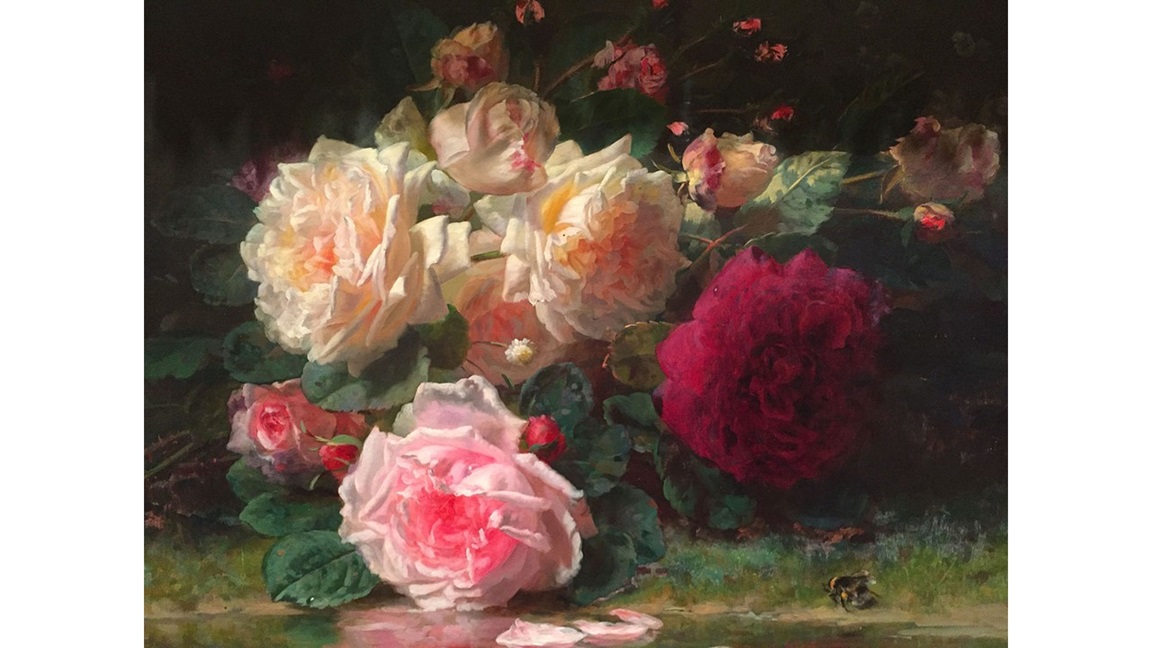
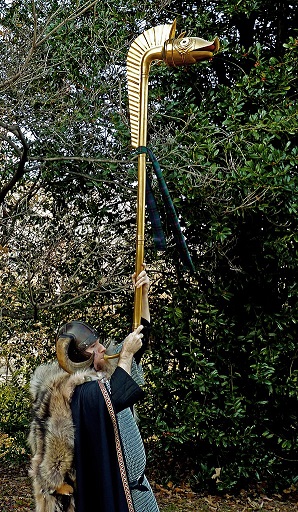
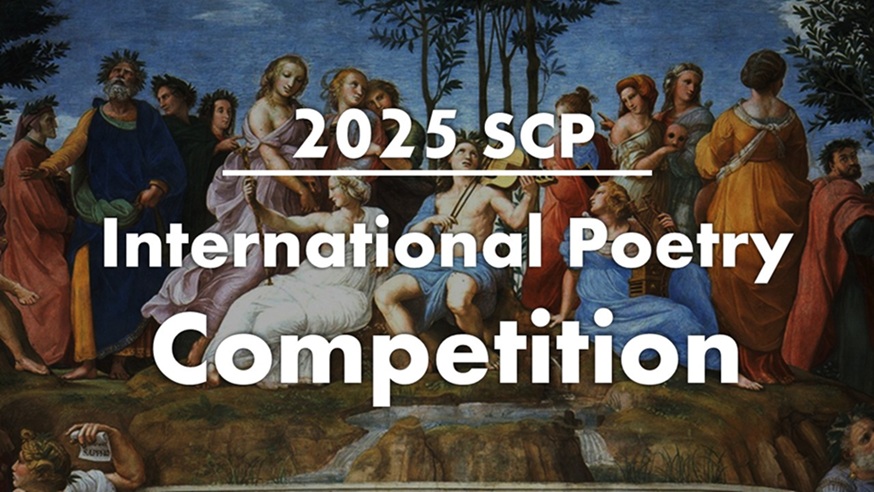

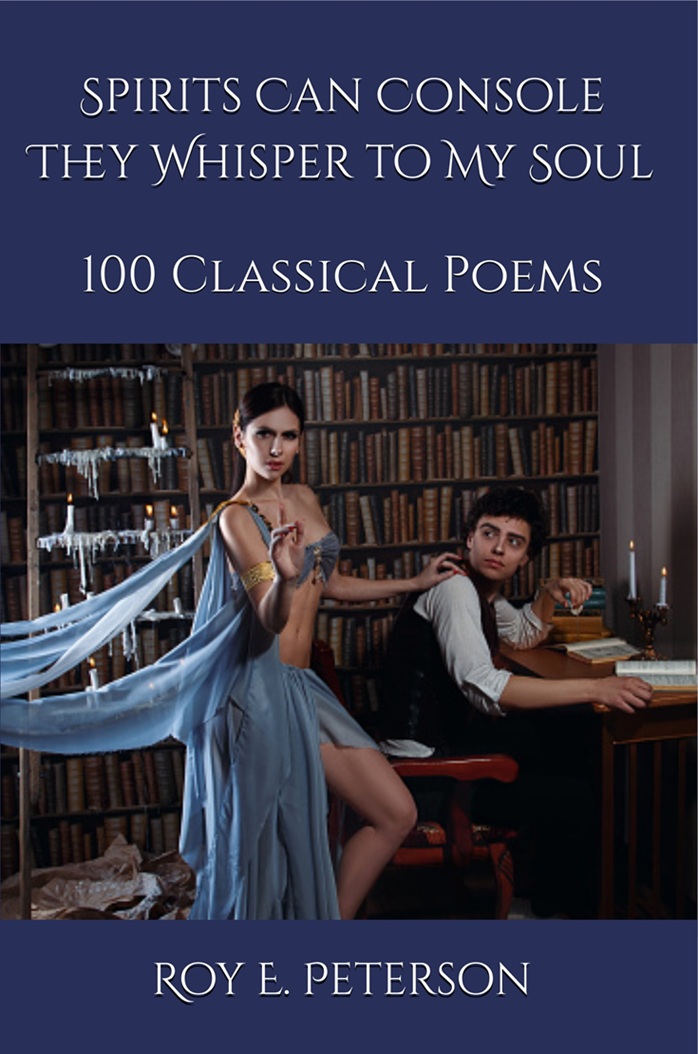

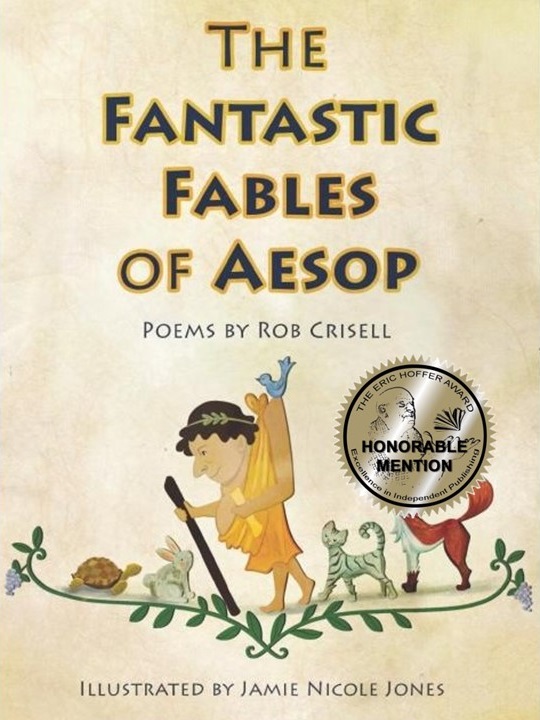



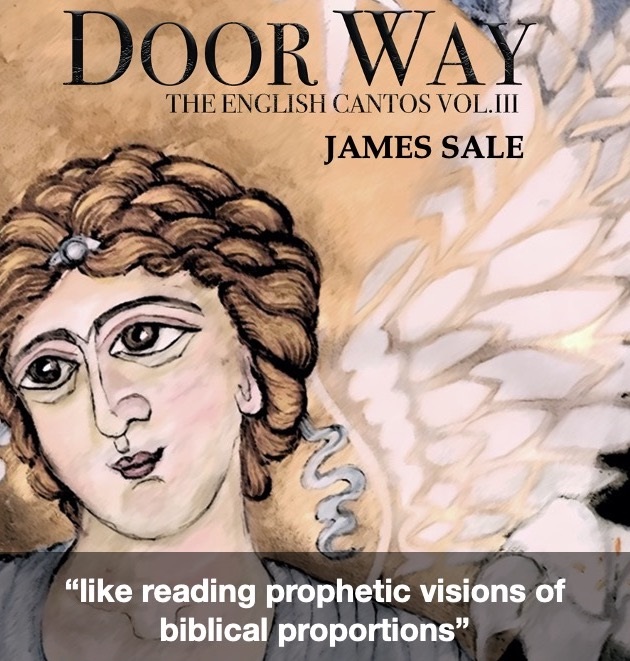



I stand in awe of your knowledge and intellectual capability coupled with great classical poetic acumen. Thank you for all the definitions of arcane words with Scottish origin. I needed that to visualize what transpired. I would love to know what made you select such a Scottish event. Your “Tall carnyx players” brings to mind a theory I acquired from history of wars. One of the reasons there are less tall men in Europe is because commanders like Napoleon would place their tallest men in the front of their formation to intimidate the enemy, thus losing the tallest first and leaving the less tall men to survive resulting in the process of “natural” selection.
Roy, I wanted to write a battle poem, and I had plenty of information about the site and traditional story of this one. It remains significant (though unconfirmed from the point of view of modern historians) because it established the national flag. That made it a good choice, and beyond the outline, I was not constrained by known tactics. The Romans say the Picts fought naked (causing terror by the horrible blue of their bodies) and made dreadful noise. Archeology shows the kinds of weapons they used. As for the carnyx, Romans told about the sonorous cry, but no one heard it for 1000 years, until a few were recently reconstructed. Since these horns themselves are tall, it must have taken big men to carry and play them as a contribution to battle clamor! Thanks very much for your reading and appreciation.
Margaret, Just wanted to say how much I enjoyed this matter-of-fact romp through ancient European history! No commentary on the validity of doing violence in the name of Christ – just good old-fashioned story-telling 🙂
And with a simplicity of feeling in the lines that belies the craft beneath them!
Jeremiah, I’m happy to know that the story came across as a simple tale from old times. Even the saint in the dream is a practical guy, making a deal that the violent pagan warrior can’t resist. Trapped in a deadly situation, just put Andrew in charge and you’ll get out alive and victorious for paying 10% of your property right away! Who wouldn’t agree?
Margaret,
This is a singularly outstanding work deserving of a pushcart or a Pulitzer. It shines with the highest and finest of your craft, your knowledge of language and history, all distilled to a form that is itself a work of art.
I am humbled to discover I had not previously known of this battle, its place in Scottish history, and its role in establishing the St. Andrew saltire as the preeminent national symbol of Scotland.
“Bravo!” he shouted as the audience rose as one to offer a standing ovation in the hope encouraging an encore . . .
Thank you very much, James. You have encouraged me to go on with the sequel, concerning the establishment of Saint Andrews in northern Scotland, a site which was decided by a providential shipwreck. Let’s pray that I can get it done.
I’m not surprised you hadn’t heard of the battle. Some modern historians don’t believe in it. Angus here is a shadowy figure. Scottish Heritage (the ones who place signs at historic places) has identified him with Angus II King of Picts and thus supports the 832 battle date–but he could have been Angus I.
The stanza form was chosen as one of the more ample ones used for narrative in an old Scottish poetry book. The Scots seem to like elaborate variety; after the earliest period, there are not many stories in rhyming couplets!
Very vivid, colorful account ,Margaret, with close attention to how extra syllables are placed, I notice. Thanks also for the mini-glossary that supports your marvelous vocabulary.
The circumstances and outcome remind me a bit of Lepanto.
Thank you, Julian. I tried for warlike color. Your careful musical reading notices those two places with extra syllables–during the time lapse in line 15, and then after Angus roars in the last stanza. Dramatic spots where more time is appropriate, as long as it does not introduce an extra accent! I’m honored to have this compared to Lepanto, a great battle poem where faith and culture are at stake. At Athelstaneford, the opposing forces were both in part (but only part) Christian. The outcome for Scotland was earthly protection by the king for the advance of the Faith, and acknowledgement of the heavenly patron who took the Picts as his own, and still watches over their descendants. It’s one of those stirring stories where “You have not chosen me, but I have chosen you.”
Apart from being well written, this poem is an education, Margaret.
Two great compliments in ten words, Paul! As usual, I have to use a few more to thank you for reading my lengthy work.
Margaret’s use of rare diction makes this poem seem as barbarically rich as a jewel-encrusted medieval scabbard. Clapperclawed, hempen, woad, square-axe, cockcrow, scot, carnyx — and the very visual “dirk-and-dagger slain”… all of them are like old coins from a treasure chest. The rhyme of “tithe” and “scythe” is pure brilliance!
I had not heard the word “culdee” for many years. I used to think that it was an actual monastic order (I recall the spelling as “Culdee”), but now as a result of reading this poem I have learned that it was not a formal organization.
This is a powerful and historically revelatory poem. Absolutely top-notch work!
Thank you, Joe. I’m pleased I could move this ancient story into action using some of our precious word treasure. Little details from study turned into lines and phrases. For example, the Athelstaneford area was acknowledged as a battle site when an ancient burial cist was found. It would have been a rude temporary enclosure, which thus preserved a skeleton, probably from an individual of higher rank. The man’s skull had been fractured five times, twice with blows to the face. That’s where my “hammer faces” idea came from. And “clapperclaw” is a similar style of attack.
I too remember “Culdees” being capitalized, and there are separatist Christians now who use the capitalized name and have nothing to do with organizations other than their own. The culdees in Scotland seem to have been fluid in organizational mode, “servants of God” sometimes comparable to canons under a bishop, who could take on a particular purpose such as administering the property given by King Angus in my poem. Glad it was worth reading and commenting on.
Margaret, there is much to appreciate in this magnificent epic-themed poem, from the selected form to the language to the fascinating story itself. The form seems to be a shortened sonnet form with a rhyme scheme of a-b-a-b-b-c-b-c-d-d, which I read as an abbreviated Spenserian sonnet. It’s a good choice for storytelling as it has expected rhymes but also a metrical drive to it punctuated by those recharging couplets in each stanza.
Like Dr. Salemi, I admire your use of Medieval language – used in just the right amount to add spice rather than obscurity – and the ancient quality it brings to this tale. The violence in your story is handled with taste but is still exciting. Your use of the word “rood” conjured for me memories of The Dream of the Rood, which, I hope, is not far off base since it also describes a muscular form of Christianity and is probably roughly contemporaneous with the events in your poem. .
Finally, there is the story itself. I have a particular fondness for St. Andrew since he happens to be the patron saint of my mother’s homeland of Prussia and since I was actually named for him (that’s what the A. stands for.) I have never known the story of how Andrew became patron saint of Scotland so this story was as much educational as entertaining. I think it is worth noting that the theme of the Cross leading warriors to victory carries strong echoes of Constantine the Great winning the battle of the Milvian Bridge in 312 A.D. and changing the course of history. Both battles – and how they were won – should be remembered more often and with more confidence in these comparatively faithless times.
Brian Andrew, how right you are! I’m happy to have you mention Constantine, because the Scots, in times of faith, looked at finding their national symbol as a Constantine-event for their land. They were chosen for Christ by Saint Andrew who had prayed for them. After it happened there were three kings of Scotland named Constantine.
Andrew appears in my poem as he does in Walter Bower’s Scotichronicon of the 15th century. He wants the Picts to have the celestial glory he possesses, and he will show them so first by giving them military glory. Andrew is a lawyer-like patron in the deal he offers. Angus is not allowed to back out because he was under duress, and he has to pay immediately, but what Andrew promises is not just victory on that field at Athelstaneford. It’s Heaven for the Picts.
And what an unlikely earthly deputy he chooses in Angus! Angus had a reputation even in his brutal age of being brutal, cruel, and disloyal. That’s why I’ve made the first stanza raid on Northumbria so violent. The worst instrument can be chosen to serve God’s purposes. He just needs to cooperate.
You’re also right to mention Dream of the Rood. Part of that English poem is inscribed on a tall Scottish rood of the 8th century somewhere in the region of Fife. You can probably find a picture if you look up Dream of the Rood images.
Please excuse the abrupt ending of my reply to you, Brian. You are correct that the stanza form of this poem is, in effect, a Spenserian sonnet minus one quatrain. I have noted elsewhere that the Spenserian sonnet should be called the Scottish sonnet from its early development and use in Scotland. And as I told James Tweedie above, I found this very 10-line stanza form used for narrative in Scottish poetry of the past. I like your reference to the couplet at the end of each stanza as “recharging.” I had thought of it as organizing and separating material in sizable blocks that do not become independent poems, as in a sonnet sequence. Both views work.
I very much value your observations on the decorum of the poem. I think a battle poem ought to include violence, not merely names and tactics of the event, but I agree that the violence is best presented with taste, such that the poem’s language reports violence, without doing violence to the reader. Disgusting readers by violent language turns the poem into another type, where the poet enters the field to do battle, with the intent to give offence. This is poor artistry, as is overloading a poem with archaic language to the point of obscurity. Thank you again for finding attractve restraint in both the archaic language and in the depiction of violence which is nonetheless as exciting as it should be! And of course I’m glad to have told a story worthy to be remembered.
Dear Margaret,
Well said about presenting violent language in a tasteful manner within the arts. In the case of poetry, the reader never appreciates being offended by the poet acting out his intent to give offence.
On another note, please give me a call about Chant for November. Thanks!
R.
Thanks for your very apt reflection on the topic of reader response, Mrs. Moore. I am at work on chant for November, as we have discussed.
Margaret, this poem is as linguistically and historically rich as a person could ask for. Thanks for the education and beauty!
Many thanks, Talbot, for expressing your appreciation. I recall your beautiful “Toward Yehuling,” a pre-battle poem wistfully anticipating Mongol destruction and wondering about war. Battles, as decisive events in the lives of persons and troops and nations, deserve attention and memory through various approaches. I’m especially glad to have your praise because you are someone who has pondered ways of approaching a similar subject.
Thanks for your kind words, as ever. Historical battles seem to reach up from out of history and make a kind of demand on us, if only to briefly remember them. So, I view this kind of poem as very poignant and necessary.
“Required
From you is scot.” Ha! Nice.
For all your exquisite feminine genius, no one would call this poem “womanish.” Triumphalist, maybe, or unflinching, or Homeric. And I’m so happy to add this legend to my overall understanding of the mysterious St. Andrew – thank you, Margaret.
Triumphal, yes, Monika. And Homeric battles often have a god involved, if not the goddess Athena who favored Greeks over Trojans. Andrew is a mysterious saint (the first disciple, according to some) whose patronage extends very widely. I’ve written extra verses for a hymn in his honor, in order to notice Russia and Greece as well as Scotland. Will get it out to those interested when I have time to type all the verses below the music. Thank you for your reading and comment. They are much appreciated.
Please include me among those interested in the hymn verses!
I would like that too.
I don’t think I can add anything else to the comments in praise of this poem except that I absolutely agree that it is outstanding.
Monika and Mia, you are both on the list for the hymn when I can manage to get the music page typed. I’ll ask for my address to be given to you a few days from now, when things will be calmer for administration here.
Dear Margaret, thank you
It is a very rare occurrence but I will not have a computer for a couple of weeks so if I don’t respond it will be because of that.
Looking forward to getting in touch soon
Best wishes
Mia
Wonderful poem in a time of history I was not aware of. Very educational. Keep up the great work Margaret Thank you
Thanks, Jim. Very much appreciate your taking the time and making the effort to read and comment!
The Battle of Athelstaneford give me a sense of high energy even though I had to take it slow.
This poem makes me wonder how you find your topics. In this case, did you read an historic account of it, or is it something you studied in the past?
Last time I was in Scotland, I found a book on Saint Andrew by Michael TRB Trumbull, who had done painstaking research on everything about the saint, including this battle. He took photographs of the site and analyzed the medieval historical accounts. I am very fortunate to have the book, but even so I had to do research on the Picts and their weapons and fighting style to put the energy into my story. Glad you were able to discover it there, and that you took it slow enough to make the reading worthwhile. Thanks!
Hello Margaret
In case you don’t see it, I’ve left a reply to your comment on the haiku competition page.
Thanks, Paul Martin. Glad to see you here, and I assure you I’ll take more time to respond to several persons on the haiku page. My attention will be with you as just as soon as I have time to give it!
Thank you, Margaret. I’ve just got round to reading your Warrior Poem. I might not have been so bold in my reply had I read it beforehand!
Thanks for that compliment to my warlike stance here!
Great poem Margaret and a joy to read. It is forceful and filled with the vigor of the Scottish warriors who engaged in the battle. I also see it as a sober metaphor of the spiritual combat we all must engage in under the Sign of the Cross against the father of lies and his minions.
That we must, Bob. In the battle led by Saint Andrew’s Cross here, the entrapped men are fighting for their lives. Our battles under the Sign of the Cross are fought for our souls–and most likely, these conflicts also assist others in their battles, and even help to save other souls. That’s the nature of the Church Militant, and thank you for seeing it in this poem.